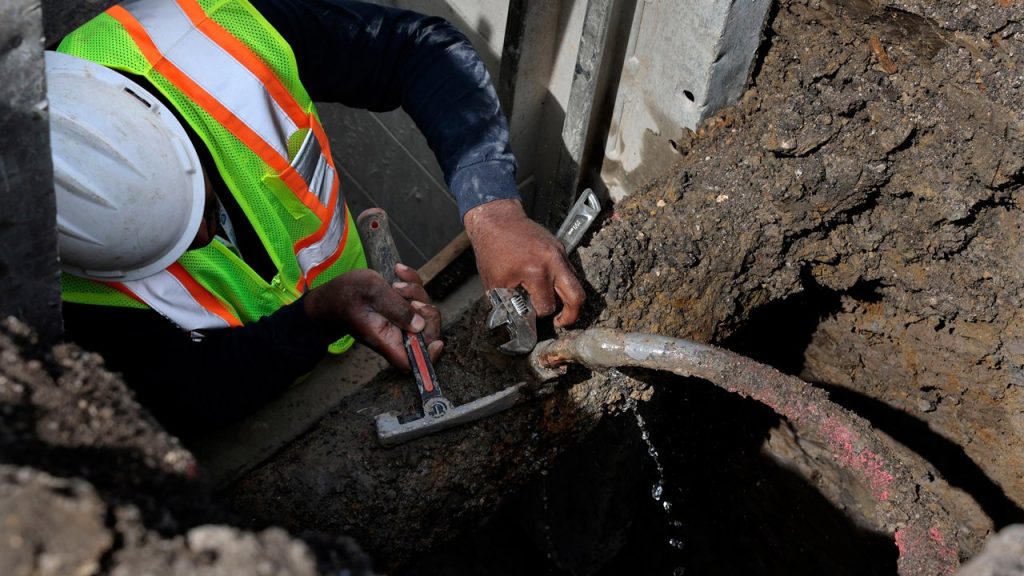The Environmental Protection Agency (EPA) provided $3 billion to states last year to replace lead pipes based on unverified data, potentially leading to some states receiving more money than needed while others got too little. The agency’s inspector general found that two states had submitted inaccurate data, impacting the distribution of funds. The EPA has made changes in response to these findings, but the inspector general believes more needs to be done to ensure accurate data is used for future infrastructure spending.
Lead pipes are a significant health concern, especially among children, as exposure to lead can have detrimental effects on development and overall health. The Bipartisan Infrastructure Law allocated $15 billion over five years to find and replace lead pipes across the country, with a focus on regions such as the Midwest and Northeast where these pipes are widespread. The EPA used estimates from states and utilities to determine the number of lead pipes nationwide, resulting in an announcement that there are approximately 9.2 million lead pipes in the country.
Initial estimates provided by states like Texas and Florida were higher than expected, leading to discrepancies in the distribution of funds. Florida received the most funding in 2023, with $254.8 million allocated after an initial estimate of nearly 1.2 million lead pipes. Concerns were raised that inflated information submitted by some states could divert funds from states in greater need. The EPA’s efforts were criticized for not adequately verifying the accuracy of the data provided, despite claims that safeguards are in place to ensure proper spending.
The Biden administration has emphasized the need for safe drinking water for all residents, proposing rules to replace all lead pipes within a decade and imposing limits on hazardous chemicals in water supplies. However, Republicans have criticized the administration’s focus on environmental initiatives as wasteful spending without sufficient oversight. The EPA inspector general is conducting a review of federal funding for lead pipe replacement and is expected to release a final report in the fall, identifying inaccuracies in state data submissions.
Concerns about the fairness of funding decisions were raised by multiple states prior to the inspector general’s memo, prompting the EPA to adjust its allocation of funds for 2024 based on new information received from utilities. Some states saw reductions in funding, while others received additional funds to address inaccuracies in the initial estimates. The $15 billion allocated for lead pipe replacement is only a fraction of the total amount needed, with concerns that inflated estimates could direct funds to the wrong places, hindering progress in addressing the lead pipe issue nationwide.
States vary in their progress in replacing lead pipes, with some like Michigan having a list of projects ready for funding while others are still in the process of conducting inventories to identify lead pipes. Concerns remain about states potentially spending funds on costly inventories instead of replacement efforts if they receive more money than needed. Environmental groups stress the importance of ensuring that states effectively use the allocated funds to replace lead pipes and address the ongoing public health risks associated with lead exposure.


